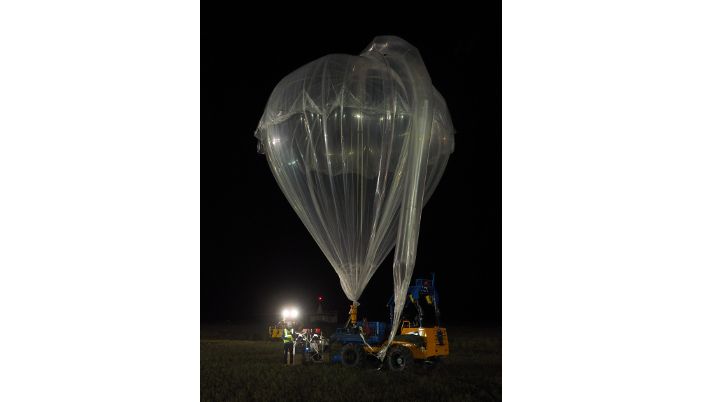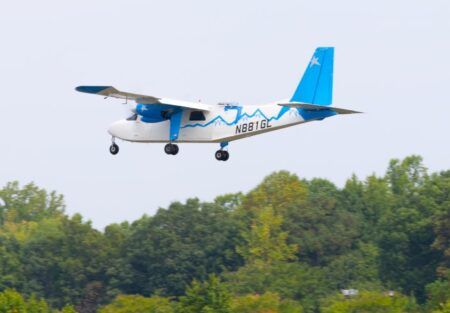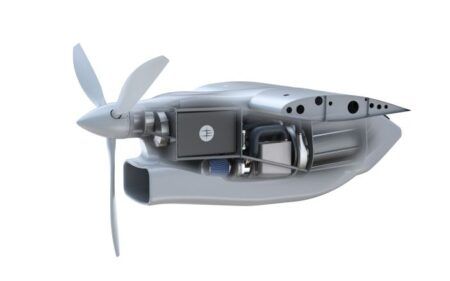Airbus successfully flight tests stratospheric 4G/5G communications for defence applications on high-altitude balloon
Airbus launched the stratospheric balloon in Canada and flew it at altitudes up to 21km (13 miles) above Earth to create a high-altitude airborne cell site. The balloon carried the Airbus LTE AirNode communications equipment and created a 30km-wide (19 mile) footprint of coverage for private and secure communications.
The LTE AirNode system tested is a part of Network for the Sky (NFTS), Airbus’s program to develop a secure, networked airborne military communications platform.
The equipment could be used by other high-altitude platforms such as Airbus’s Zephyr to create persistent, secured communication cells that would relay information on a variety of different aircraft including helicopters and drones.
The Airbus test team, which was equipped with two vehicles and two drones, tracked the balloon over 200km (125 miles) as it flew through the air. While the team tracked the balloon, the engineers exchanged 4K video between the vehicles and drones, to simulate real-time transmission of data during a military mission. The data was sent via a private network at speeds from 0.5-4Mbps, which is comparable to 4G/5G mobile communication.
Airbus said that the communications capability will increase operational flexibility during air, ground or maritime-based military operations where operations require permanent connectivity. It added that the balloon and LTE AirNode system can stay airborne for several months at a time and could also be used to aid disaster relief scenarios.
The NFTS platform aims to combine different communication technologies to form one mesh network. Today, individual aircraft, UAVs and helicopters operate on separate networks with limited bandwidth and interoperability. NFTS will integrate satellite links with geostationary, medium- and low-Earth orbit constellations, tactical air-to-ground, ground-to-air and air-to-air links, voice links, 5G mobile communication cells and laser connections, into a single global secure network.
The NFTS program aims to offer a full operational capability by 2020 and is part of Airbus’s Future Air Power project for the European Future Combat Air System.






